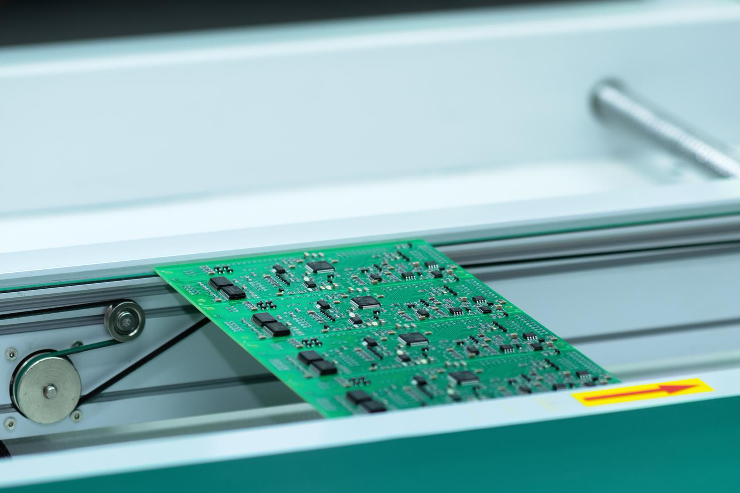Exploring Mould Tool Components and Processes in Plastic Injection Moulding
- josh61940
- Sep 6, 2024
- 3 min read

Welcome back to the Amey Plastics blog series. In our previous posts, we covered general process terms and material properties critical to plastic injection moulding. In this instalment, we’ll delve into mould tool components and processes—key elements that ensure the successful production of high-quality plastic parts. Understanding these terms will give you a clearer picture of how injection moulding works and what factors influence your final product.
Ejector Pins
Ejector pins are essential components of the injection moulding process. Their primary function is to push the cooled, finished part out of the mould after the plastic has solidified. The pins are usually located on the core side of the mould and move forward when the mould opens, pushing the part out of the cavity. Proper placement and design of ejector pins are crucial to avoid leaving marks or causing damage to the part during ejection.
Guide Pins
Guide pins (also known as leader pins) are used to ensure precise alignment between the two halves of the mould—the cavity and the core—during the moulding process. These pins fit into corresponding bushings or holes on the opposite mould half, guiding the mould components into proper alignment as they close. This alignment is critical to prevent flash, ensure part accuracy, and avoid damaging the mould components.
Clamping Force
Clamping force is the force applied by the moulding machine to keep the mould halves securely closed during the injection process. This force is necessary to counteract the pressure of the molten plastic being injected into the mould and to prevent the mould from opening, which could result in flash or incomplete parts. The required clamping force depends on the size of the part, the material being used, and the mould design. Proper calculation of clamping force is vital for producing defect-free parts.
Injection Pressure
Injection pressure is the pressure exerted by the moulding machine to inject the molten plastic into the mould cavity. This pressure must be high enough to fill the mould completely, but not so high that it causes defects like flash or excessive stress within the part. The injection pressure is influenced by factors such as material viscosity, mould temperature, and part complexity. Controlling injection pressure is essential for achieving consistent, high-quality parts.
Mould Temperature
Mould temperature refers to the temperature of the mould itself during the injection moulding process. Controlling the mould temperature is vital for ensuring that the plastic flows properly into the cavity and cools at the desired rate. If the mould is too cold, the plastic may solidify too quickly, leading to defects like short shots (incomplete filling). If the mould is too hot, it may cause issues like excessive shrinkage or warping. Achieving the optimal mould temperature is key to producing consistent, high-quality parts with the desired properties.
Quality & Reliable Parts
Understanding these mould components and processes is essential for anyone involved in the plastic injection moulding industry. At Amey Plastics, we take every detail into account to ensure that our moulds and processes are optimised for producing high-quality, reliable parts. By mastering these concepts, you can better appreciate the complexity and precision involved in injection moulding and how we ensure your products meet the highest standards.
We hope this blog has provided valuable insights into the intricacies of mould components and processes. Stay tuned for our next post, where we will explore advanced moulding techniques and troubleshooting tips. As always, if you have any questions or need expert assistance with your injection moulding projects, feel free to contact the Amey Plastics on 01730 266 525 or email sales@ameyplasticsltd.co.uk. We are here to help.






Comments